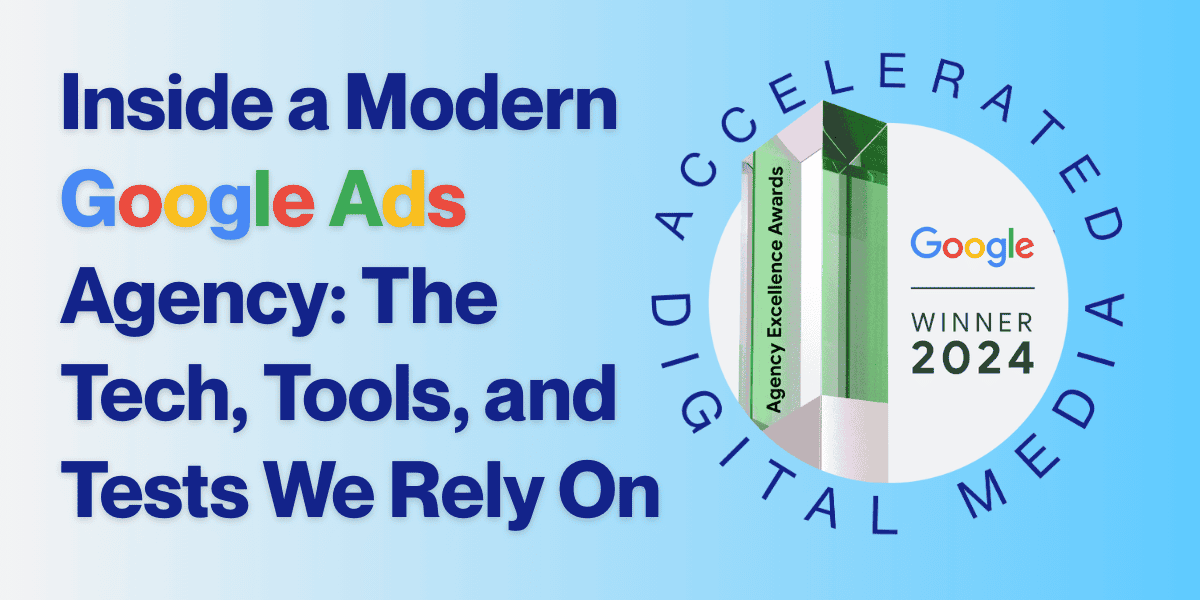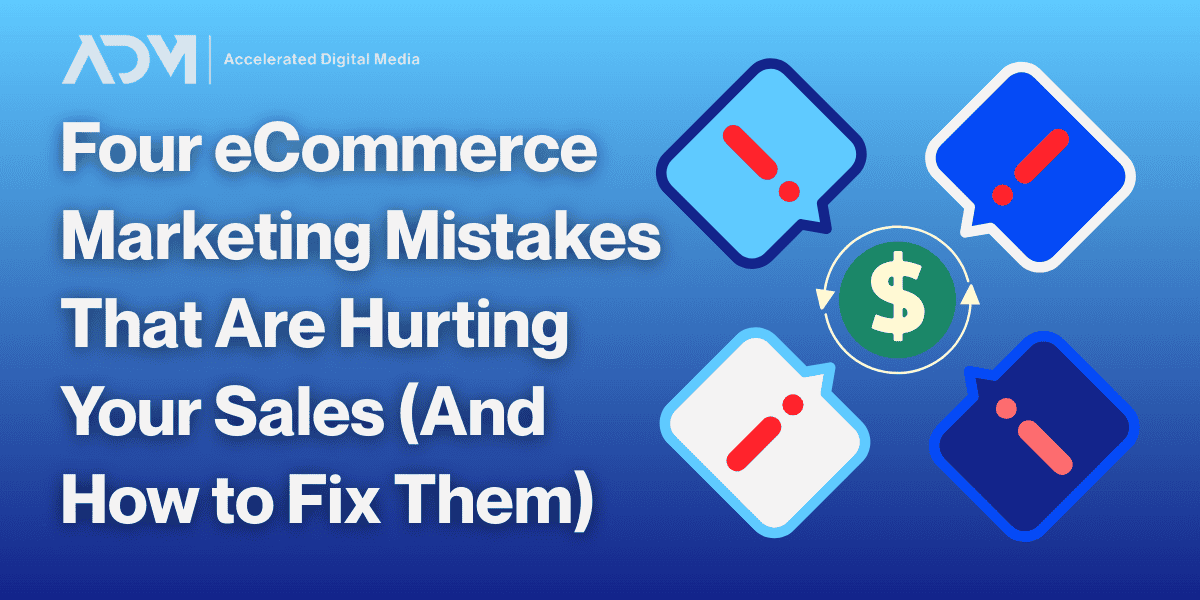For digital health brands, a lot changed during the pandemic. While utilization skyrocketed, so did patient acquisition costs. While pandemic fears have subsided somewhat, marketing remains a greater challenge than ever before and economic uncertainty still abounds.
Meredith Dupont is the Senior Director of Brand Growth and Creative for Cue Health, a diagnostic testing company that works both direct-to-consumer and B2B. She thinks many digital health brands aren’t in a place where they want to take marketing risks at the moment.
“A lot of things changed with COVID. A lot of care is now going to where people are as opposed to bringing people to where the care can be received, and I think we’re working more closely with our customers so we’re not making as many guesses or taking as many risks,” she said.
Dupont was speaking during a webinar that ADM co-hosted alongside Formsort in March, where she was joined by three other experts from leading digital health brands. They were all there to talk about what the growth issues that companies in the industry face—and how their brands are working to maximize existing budgets and innovate solutions to maintain their momentum in uncertain times.
Narrowing In and Doubling Down
Dupont was not the only expert who spoke of risk-aversion. Katelyn Watson, the Chief Marketing Officer at leading online therapy provider Talkspace, was the first to raise the issue.
“Taking on a lot of risk is probably not where most of us are playing right now,” she said. To her, the conditions that have digital health companies avoiding risk constitute a conundrum—but the best way to keep their brands growing is to tighten focus on areas that are relatively low-cost but potentially high-yield.
Another expert, Stephanie Liu, also mentioned that her company has focused on “narrowing in” and “doubling down” on the channels that have already proven fruitful and will continue to support a lot of growth. Liu is co-founder and Chief Technology Officer at Nourish, which connects patients with registered dietician.
Another panelist, Calibrate Vice President of Growth Nicole Maddern, agreed that today’s digital health marketing challenges have forced their marketers to focus on current strategies are already delivering. She said that her brand, a comprehensive weight and metabolic health provider, has chosen to take a harder look at their sales funnel to determine what percentage of revenue is coming from paid marketing leads as opposed to other routes.
“In any given month, what percentage are people that you reactivated with CRM or coming from word of mouth, or something that you’re not plugging with media spend?” she posed. That helps her brand forecast the extent and timing of any pain that may result from throttling spend. “That’s something that has been helpful for us tactically.”
Patients Have Changed, and Messaging Should Too
Within the larger issues of constrained budgets and intense competition, there’s another confounding factor: The newfound ubiquity of digital health has made the average consumer more knowledgeable, perhaps to an extent that even players in the space did not anticipate. It’s a shift that is readily apparent to Maddern.
“I think a big focus for this year is kind of more deeply understanding where the prospective customer is at, based on shifts in the market. Specifically for Calibrate, there’s a lot more awareness of the solution—probably 50x from where it was a year ago,” she said.
For digital health brands, that means additional emphasis on understanding their market today, as opposed to what it was two years or even six months ago. The past audience persona work that brands have done may already be irrelevant.
“A year later, it can be a totally different kind of person that you’re going after, and a different set of objections or questions that they need answered in order to pull the trigger,” she added. That has pushed Calibrate to focus on messaging strategy differentiation, social proofing, and trust-building.
For Dupont and Cue Health, those shifts also extend to their work in the B2B space. Healthcare operations are returning to their typical breadth after a few years allocating so many resources specifically to COVID. That means her brand is having new conversations with their partners to determine how they can best support their clients’ patient populations in a newly-redefined landscape.
Standing Out Among the Crowd
Even in today’s difficult marketing landscape, growth is still entirely possible—it relies on a thorough understanding of where prospective patients stand, how your funnel is working to bring them in, and what channels can be maximized without overextending spend.
Watson said the current constraints make it hard for some brands to justify investing in new channels, but they can still find ways to innovate in existing lanes. She specifically mentioned organic marketing and user generated content (UGC) on social media as areas that, if given more time and attention, could almost be treated as new channels themselves in lieu of riskier expansions.
But these leaders and their brands aren’t entirely shy about trying new mediums, provided the reward can outpace any risk. Dupont, for example, said that Cue Health had tried to advertise their testing services to parents of children who were returning to school, but weren’t thrilled with the results they got through paid search, Meta advertising, or email. So they turned to an often low-cost, high-yield social advertising platform that many digital health brands probably wouldn’t have considered.
“We actually tried Pinterest and really found success there with a parent audience, we had some pretty great ROAS,” she said. “So that was a positive surprise campaign for us.” If brands are confident in their message and their funnel, they “just have to figure out the right environment to talk to them.”
And at the end of the day, growth will depend on your team not just reaching those prospective patients with the right message—the product has to be worth it. Liu stressed that it’s important to never neglect user experience, no matter how complex digital health can sometimes be.
“When taking insurance, there are a lot of things that are out of your control and can result in subpar patient experiences,” she said. “We are making sure that we’re really delivering a world-class patient experience and that we’re the most compelling offering out there for them.”
Throughout the conversation, the four experts continued to expand on this topic, along with other key marketing and growth issues that digital health companies face today. Follow the link below to view the 50-minute webinar in its entirety.




